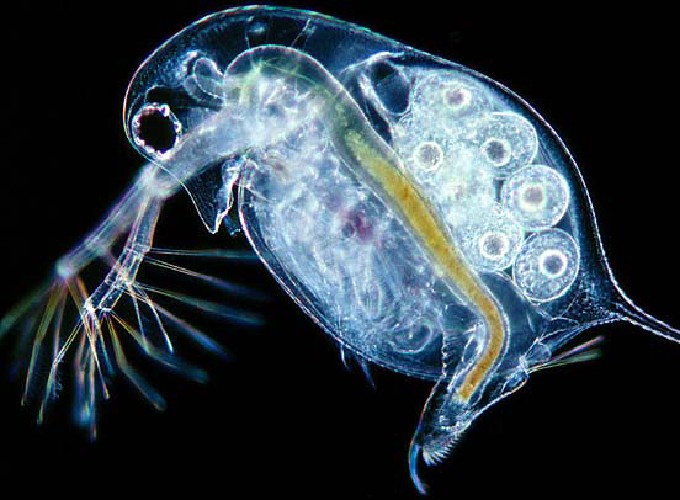
Climate, history and life‐history strategies interact in explaining differential macroecological patterns in freshwater zooplankton
Abstract
AIM
We investigated how freshwater microcrustaceans with different susceptibilities to Allee effects differ in the distribution of their geographical range size (GRS) and diversity along latitudinal gradients, evaluating the importance of climatic and historical factors in explaining these differences. We hypothesized that sexual copepods would have a smaller GRS and that their distribution would be linked to historical processes due to mate‐finding Allee effects during colonization. Given that cyclic parthenogenetic cladocerans avoid these Allee effects, we predicted that they would exhibit a larger GRS and their distribution would be related to climatic factors rather than dispersal limitation.
LOCATION
Canadian watersheds, North America.
METHODS
We used a database containing the presence–absence of freshwater zooplankton across 1665 Canadian lakes along a latitudinal gradient of 40°. We computed GRS using minimum convex polygons encompassing all lakes in which each species was present. We pooled the diversity of lakes within watersheds, and computed linear regressions models between watershed diversity and average GRS with the average latitude, distance from a glacial refugium and environmental variables of the watershed. All analyses were performed separately for cladocerans and copepods.
RESULTS
Cladocerans exhibited, on average, a GRS 70% larger than that of copepods. We found a strong relationship between diversity (negative) and average GRS (positive) with latitude for cladocerans but not for copepods. Cladoceran macroecological patterns were mainly explained by climatic factors, whereas the lack of latitudinal gradients in copepods was potentially due to the influence of a northern glacial refuge and dispersal limitation.
MAIN CONCLUSIONS
Our results show that Allee effects are strongly and negatively associated with GRS, influencing the relative importance of environmental filtering and dispersal limitation on species diversity patterns. We suggest that studies should avoid lumping species with large differences in their susceptibility to Allee effects in order to better disentangle the multiple processes affecting large‐scale patterns.
